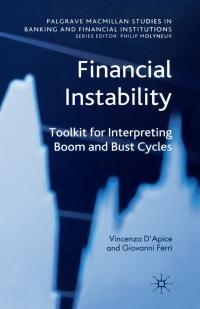Question
A Universal life (UL) insurance policy frequently uses what is referred to as a portfolio rate when paying interest to a policyholder. (Most common form
A Universal life (UL) insurance policy frequently uses what is referred to as a portfolio rate when paying interest to a policyholder. (Most common form of return) This is when the company does the investing (their portfolio) and pays a rate based on their return. You will recall I mentioned that a company might be earning 7.5% and will keep 1.5% and pay out the 6% as a portfolio rate. I also mentioned that today many companies are paying 3.5% to 4.5% and yet banks are only paying about 1%. The interest rate market has been dropping or remained a steady low for the last 11 years.
When companies pay based on a portfolio rate, what would cause the portfolio interest rate on a UL to perform better than the market in an extended declining interest rate market, and yet would perform worse than the market in an extended increasing interest rate environment?
Step by Step Solution
There are 3 Steps involved in it
Step: 1

Get Instant Access to Expert-Tailored Solutions
See step-by-step solutions with expert insights and AI powered tools for academic success
Step: 2

Step: 3

Ace Your Homework with AI
Get the answers you need in no time with our AI-driven, step-by-step assistance
Get Started


